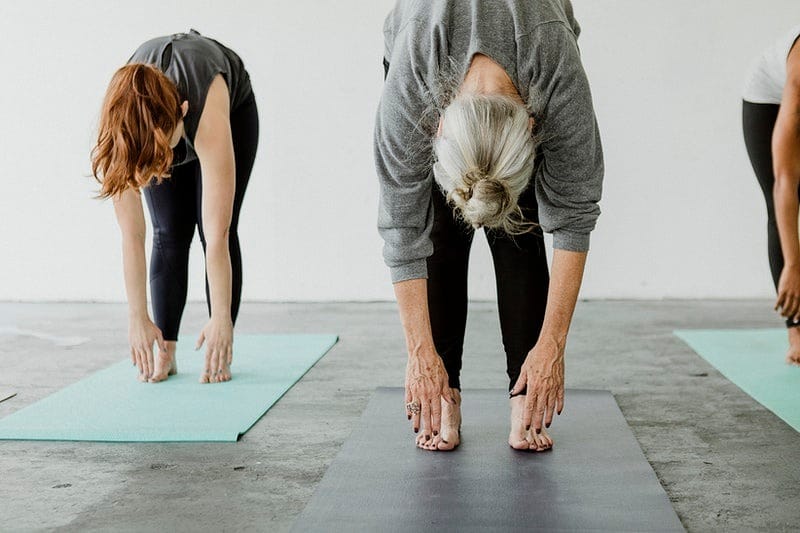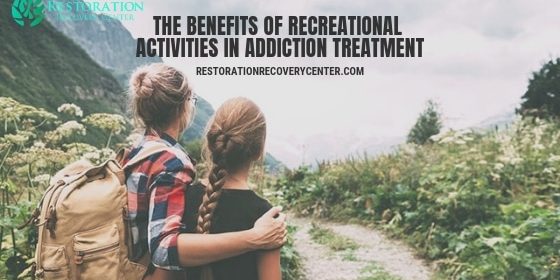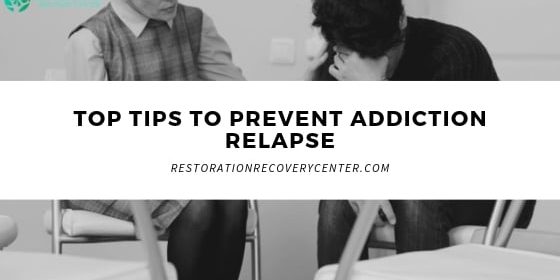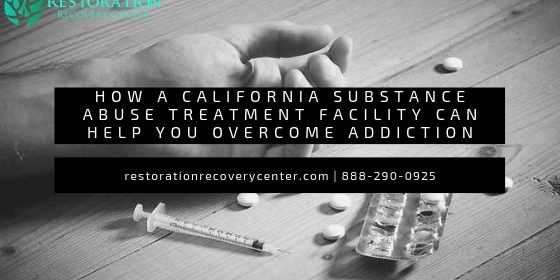Trauma-Sensitive Yoga: Healing for the Body and Mind
Trauma can cause physical, emotional, and mental changes to your life. When someone has experienced a trauma, it can impact their lives and relationships. Treatments like Trauma-Sensitive Yoga can help.
Trauma and Its Impact on the Body
Trauma refers to adverse psychological reactions resulting from a disturbing event. Often, the nervous system of an individual experiencing trauma will tend to react abnormally later, in the form of hyperarousal and apprehension. The effects of trauma can impair their ability to function normally, leading to various emotional and psychological symptoms. These effects on the body include:
- Changes regarding one’s relationship with their body
- Bodily and physical reminders of the pain endured
- Physical symptoms like anxiety, stress, pain, or depression
- Feelings of disassociation from the body
- Constant or even occasional flashbacks, nightmares, or intrusive thoughts
- Altered perception of anything or everything
- The beginning of chronic pain
- Affected sex drive
- Pent-up feelings of shame as if the event were ongoing
- Constant self-blame or self-punishment for events that were not one’s fault
- Hypervigilance of one’s environment and fear of being harmed in new ways
- Reduced interest or capabilities to practice self-care
- Reduced ability to experience pleasure
The best way to heal is by using various methods to bridge the mind and body after the event.
Is Traditional Trauma Treatment Enough?
So many who have experienced trauma are looking for healing. As such, many of these have turned to maladaptive coping techniques like substances use or disordered eating. Even if they may undergo traditional trauma treatments like Cognitive-Behavioral Therapy (CBT), they often need more to address the complexities of their physiological somatic symptoms fully. Since trauma results in physical, emotional, and mental changes to a person’s life, treatment often calls for a multi-faceted approach to address all these areas. The body holds memories, tension, and pain from the trauma in the mind. Somatic treatments like Trauma-Sensitive Yoga can help the body release the tension and rebuild the connection between mind and body. At Restoration Recovery Center, we supplement our behavioral therapies with holistic services like yoga and nature therapy.
The Power of Trauma-Sensitive Yoga
As a supplement to traditional trauma treatments, Trauma-Sensitive Yoga has been empirically validated as a powerful tool for healing from trauma. Conventional trauma treatments often benefit from further assistance in fully addressing the complicated symptomology from trauma.
Traditional therapies may neglect or overlook the bodily experience of trauma survivors, particularly interpretations of somatic sensations arising in response to triggers. Many of these sensations are difficult to articulate verbally, but yoga postures and movement can help one realize and release those tension-filled areas. Trauma-Sensitive Yoga acknowledges and works with these sensations through mindful attention practices that include deep breathing exercises, gentle movements (yoga poses based on Hatha), and relaxation techniques (deep breathing).
Although Trauma-Sensitive Yoga incorporates physical poses, qualified facilitators help participants focus on their inner sense of peace. This approach creates a safe and empowering environment for participants. It teaches participants to find more value in the interior and its cultivation rather than external appearance or approval. Essentially, the power lies in each practicing this treatment, not in a teacher or facilitator.
How It Works: Trauma-Sensitive Yoga
In Trauma-Sensitive Yoga classes, instructors tend not to use candles, music, or other external stimuli. Instead, they focus on internal sensations and encourage participants to recognize what feels good for them and move their bodies accordingly. To build interior trust, the practice involves several essential techniques, including:
- Gentle Movement: Certified practitioners will move slowly and deliberately through carefully designed sequences that focus on breathing and the connection between mind and body. This method is an intentional way to promote healing while ensuring the individual feels safe throughout the practice. Additionally, the moves will be suitable even for beginners. Also, participants do not have to worry about the instructor touching them to move their bodies.
- Exploration of the body: The instructor will apply a body-centered mindfulness approach. Thus, the class incorporates the freedom of choice and collaborative efforts between the yoga facilitator and participant to initiate healing. Teachers and students work together to create poses within the framework of the given class. As a result, the possibility of triggering trauma memories is lessened. So—no quick movements; instead, participants focus on slowing down and listening to their body before moving into a new pose. The slower pace also helps people who struggle with anxiety and panic attacks. Essentially, the instructors invite them to explore their bodies’ sensations as they move to each pose.
Ultimately, the practice of trauma-sensitive yoga is focused on teaching individuals who have experienced trauma how to reclaim a sense of control and power.
Research Supports Trauma-Sensitive Yoga’s Effectiveness
Trauma-Sensitive Yoga (TSY) is an empirically-supported treatment for PTSD that combines the wisdom of yoga therapeutics and the rigor of trauma science.
Researchers, backed by the United States National Center for Complementary and Alternative Medicine, conducted a 10-week study on 31 women with Post-Traumatic Stress Disorder (PTSD) to determine the effectiveness of Trauma-Sensitive Yoga (TSY). Participants joined a 10-week Trauma-Sensitive Yoga (TSY) class that included mindful movement as well as interoceptive awareness. Researchers observed that the sessions helped the participants regulate affective arousal, increased the ability to experience emotions safely in the present moment, and promoted a sense of comfort within one’s body. In addition, participants reported that they experienced symptom reduction and personal growth.
How to Find a Class
Yoga instructors trained in trauma-informed yoga can help their clients address their PTSD and other trauma-related symptoms. You can find these trauma-sensitive certified yoga instructors teaching online or in yoga studios. Search online or ask your local yoga studios for recommended instructors with TCTSY-F certification.
Trauma-Sensitive Yoga is an astonishingly effective form of healing for anyone who experienced an “emotional wound” from a traumatic event. The practice allows people to release pent-up energy or emotions trapped inside. It can also help them reconnect with parts of themselves that they may have lost during the traumatic event by connecting with body sensations and noticing them without judgment. Trauma-sensitive yoga helps people find greater emotional regulation and self-awareness by processing trauma in a safe setting. Experienced practitioners can teach these techniques. Each person’s recovery is unique, and we combine behavioral therapies with holistic services such as yoga and nature therapy to help each person rebuild a connection between mind and body. At Restoration Recovery Center located in historic Massachusetts, we understand the importance of treating the whole being. To learn more about our program and how we can help you or your loved one recover from substance use disorder, give us a call at (888) 290-0925.






